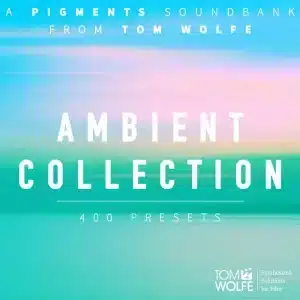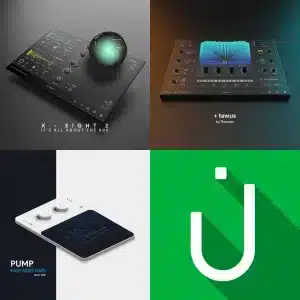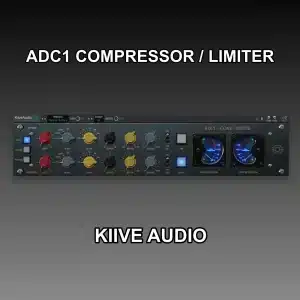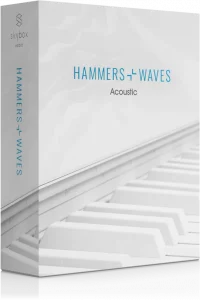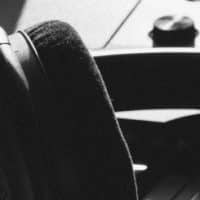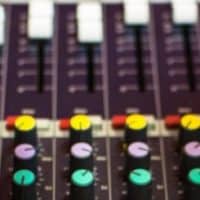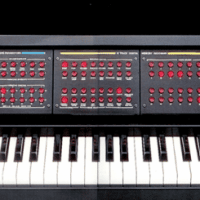Basic Sampling For Native Instruments Kontakt Part 3 In part 2 we looked at how all of your samples are being mapped for triggering inside the Mapping Editor and how to add some effects to your samples inside Kontakt’s engine. One thing that is missing though is how to create…

Basic Sampling For Native Instruments Kontakt Part 1
Kontakt by Native Instruments has got to be the sampling world standard for professional musicians and media composers alike. When you think about it, every film you ever saw, or any game you have ever played has had a soundtrack that features a Kontakt sampled instrument in it. Sure, there are other samplers out there but neither of them are as feature-packed, nor as powerful as Kontakt. Almost every existing instrument out there has its virtual representation in Kontakt.
Using Kontakt and routing it is very easy. But what about when we want to sample our own instruments for Kontakt? That’s a whole different story, and that’s exactly what we will be covering in this three part series. One thing I should mention is that you can only create your own sampled instruments in the full version of Kontakt and not in the free Kontakt Player. Let’s get started!
STARTING UP:
Say for example you have a really cool drum or percussive instrument and you really like the sound of it, so you want to record and sample it for your compositions. Whenever you read a description of some sample library there is always that line where it says how it was recorded with top-notch musicians in the most beautiful sounding space that ever existed on this planet and it was captured with the best high-end studio gear that money can buy etc…
Sure, that’s all nice, but here’s one thing that will make your sampled instrument more original than theirs: everybody else is already using that commercial library, and you’re the only one using the one you made yourself, and that makes it special, and if you have the skills, that will make your compositions stand out from the crowd. There are a few top composers out there who have sampled their own libraries of instruments for personal use that nobody else has. No need to worry about not having high-end vintage mics, million-dollar consoles and sort of stuff.
You can sample your own instruments in your room and if you have a recording booth that’s even better! Use whatever mics you have at your disposal. I sampled my first stuff for an indie horror game on a TASCAM DR40 with its built-in mics, and I am still using those samples to this day. I didn’t even have a booth, I recorded the samples carefully in my living room and it was the most satisfying experience to do it this way. I am still proud of what I achieved that day, and it got me hooked on sampling.
To resume: You need a good microphone, or a pair of them. A good recording interface with decent preamps, and a nice quiet place to record the samples. All of that is available to every composer out there. No need for fancy rooms and expensive consoles. And you need an instrument to sample of course!
RECORDING THE SAMPLES:
You were successful in setting up your recording session, placing the microphones appropriately and now you are ready to start recording. Sample recording is very different to your standard musical performance recording. Sure thing, you can sample your melodic or rhythmic performance as a loop, but what we are talking about here is sampling an instrument note by note so you can use it as a performing virtual instrument in Kontakt later.
The first time I ever sampled an instrument for professional use, I was sampling metal percussion and a lot of small objects I could use for creating percussive material. I think that’s the best way to start if you’re a first-timer in sampling.
The trick with sampling is to record each sound individually with pauses in between the two sounds, so you can properly cut and edit them.
When it comes to the dynamic range of the samples, you should record each sound from the quietest to the loudest (be careful of the clipping when playing the loudest). Kontakt has a built-in mapping editor, where you can load each sample to the appropriate dynamic range you previously recorded. Many of you are aware that the velocity range in MIDI has 127 steps, but that doesn’t mean that you have to record 127 sounds and map them to each velocity step individually.
I have some experience while I was working as a freelance sample editor for an established sample instrument developer. They were sending me chunks of recorded materials for editing and my job was to edit each dynamic range but they were not recording each sound for each velocity step. Instead the recordings were divided into velocity ranges like so:
0-20 – pppp
20-40 – ppp
40-50 – pp
50-60 – p
60-70 – f
70-80 – ff
80-100 – fff
100-127 – ffff
This is how we were later mapping them, but more on that later. In part 2 we will cover the actual editing, labeling and key-mapping of samples that are recorded. See you next time!

